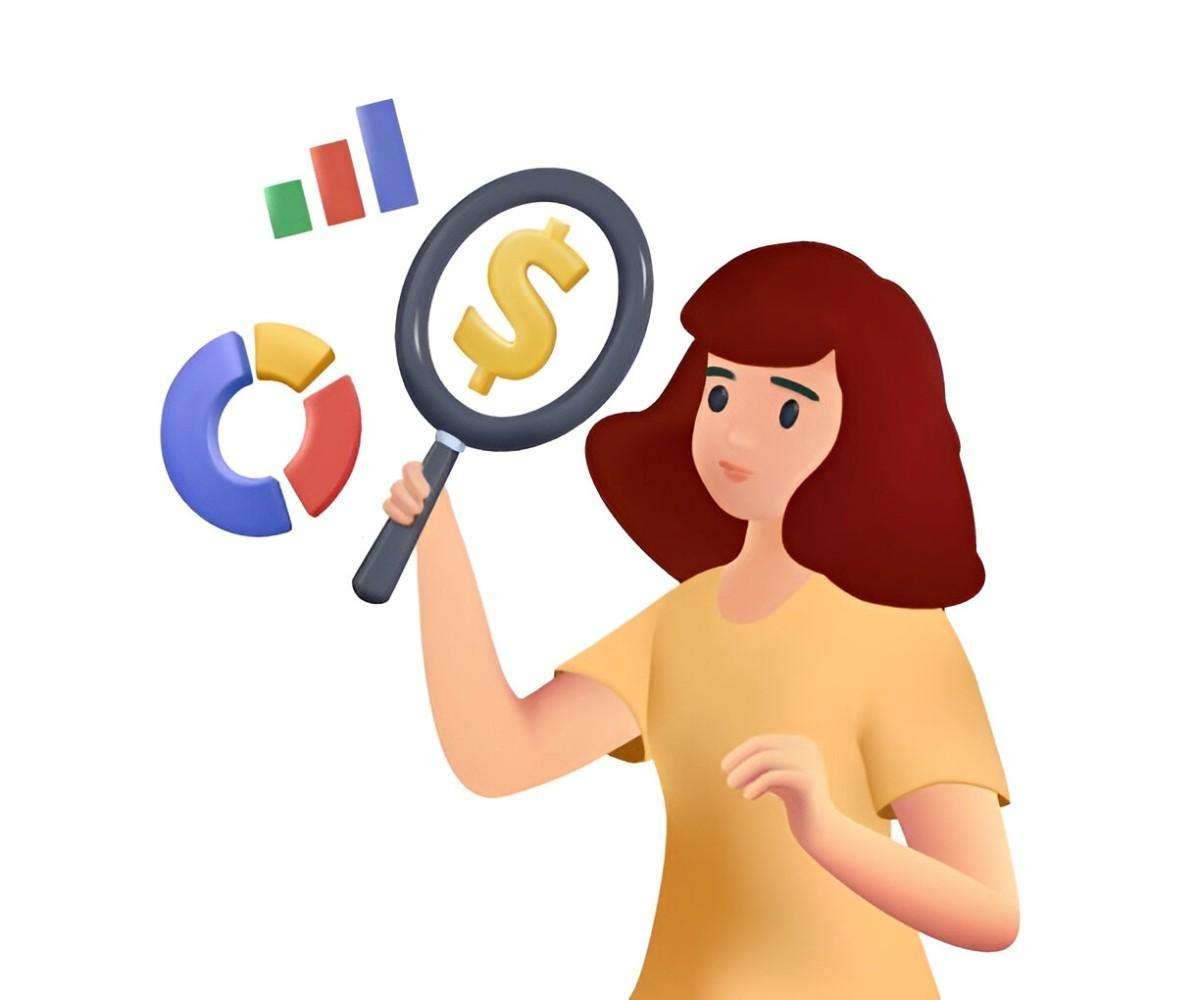As an entrepreneur, one of the most crucial decisions you will make is choosing the right revenue model for your business. This decision will impact everything from your pricing strategy to your sales channels and, ultimately, your profitability. A revenue model defines how a business generates income from its operations. It establishes the foundation for all financial strategies, product offerings, and marketing efforts. In this article, I will explore 10 popular revenue models that entrepreneurs can consider, offering in-depth insights into each one and how it can shape the future of your business.
Table of Contents
1. Subscription-Based Revenue Model
The subscription-based revenue model is one of the most reliable ways for businesses to ensure a steady stream of income. Under this model, customers pay a recurring fee to access a product or service over a specified period. The subscription can be weekly, monthly, or annual, depending on the business. This model is particularly common in industries like media (Netflix, Spotify), software (Adobe Creative Cloud), and fitness (Peloton).
Why Choose a Subscription Model?
The recurring revenue aspect of this model offers financial stability. It helps businesses better predict their cash flow, plan for growth, and scale with greater confidence. Additionally, the lifetime value of a customer tends to increase since customers are locked into a subscription for a defined period. The challenge, however, lies in retaining customers and keeping them satisfied with the ongoing service.
Example:
Let’s say you run a digital streaming service that offers access to exclusive content. If you charge a monthly subscription fee of $10 and have 1,000 subscribers, your monthly revenue will be: \text{Revenue} = 1,000 \times 10 = 10,000 , \text{USD/month}
If you manage to grow your subscriber base to 5,000 subscribers, your monthly revenue would increase to $50,000.
2. Freemium Revenue Model
The freemium model is a hybrid approach where businesses offer basic products or services for free, while charging for premium features or advanced services. This model is particularly effective in software and digital services. Companies like LinkedIn, Dropbox, and Evernote use this model to attract a large user base and convert a percentage of them into paying customers.
Why Choose a Freemium Model?
The freemium model has the potential to attract a vast audience quickly. The free version entices users to try the service without any risk, and once they experience its value, they are more likely to upgrade to the paid version. The main challenge is converting free users into paying customers, as the conversion rate tends to be low.
Example:
Assume a company offers a free version of its software, with the option for users to upgrade to a premium version for $20 per month. If 5% of the 10,000 free users upgrade, the company will earn:Paying Customers Calculation:
\text{Paying Customers} = 10,000 \times 0.05 = 500Revenue Calculation:
\text{Revenue} = 500 \times 20 = 10,000 , \text{USD/month}3. Transaction-Based Revenue Model
In a transaction-based revenue model, businesses earn income each time a transaction occurs. This is the model used by eCommerce platforms like Amazon, eBay, and Etsy. Whether it’s a product sale or a service provided, businesses make money by charging a fee per transaction.
Why Choose a Transaction-Based Model?
The key benefit is flexibility. You only earn when a customer makes a purchase, and you can adjust pricing and fees based on the market conditions or customer behavior. The challenge is ensuring that your platform or product drives enough volume to sustain your business.
Example:
Let’s say you run an eCommerce platform that takes a 5% commission on each sale. If one seller makes 100 sales worth $50 each, your revenue would be: \text{Revenue} = 100 \times 50 \times 0.05 = 250 , \text{USD}
4. Licensing Revenue Model
Licensing is a business model in which a company grants permission to another entity to use its intellectual property (IP), such as patents, trademarks, or proprietary technology, in exchange for a fee. This model is popular in industries like technology, entertainment, and pharmaceuticals.
Why Choose a Licensing Model?
The licensing model provides a way to generate revenue without needing to sell directly to consumers. It also allows you to scale your business globally, as the licensee handles the distribution. The downside is that it often involves negotiations, and your income depends on the success of the licensee.
Example:
If you license your software to a company for $50,000 annually, and you manage to secure five licensing deals in a year, your revenue would be: \text{Revenue} = 50,000 \times 5 = 250,000 , \text{USD/year}
5. Advertising Revenue Model
The advertising revenue model is common for businesses with a large audience. Websites, blogs, social media platforms, and mobile apps often rely on advertising as their primary revenue source. Advertisers pay to place ads on your platform, and you earn money based on impressions, clicks, or other metrics.
Why Choose an Advertising Model?
This model can be highly lucrative if you have a substantial and engaged audience. The key challenge is ensuring your platform attracts enough visitors to justify advertisers’ investment. You must also balance the user experience with ad placement to avoid frustrating your audience.
Example:
If you run a blog with 100,000 monthly visitors and sell banner ads for $5 per 1,000 impressions, you could calculate your monthly ad revenue as follows:Impressions Calculation:
\text{Impressions} = 100,000 , \text{visitors/month} \times 2 , \text{pages/visitor} = 200,000 , \text{impressions/month}Revenue Calculation:
\text{Revenue} = 200,000 \times \frac{5}{1,000} = 1,000 , \text{USD/month}6. Affiliate Revenue Model
Affiliate marketing allows businesses to earn a commission for driving traffic or sales to another company’s website. This model is especially common for bloggers, influencers, and content creators who recommend products or services through affiliate links.
Why Choose an Affiliate Model?
Affiliate marketing is low-risk because you only earn commissions based on results (sales or clicks). The challenge lies in building trust with your audience and promoting products or services that align with their needs.
Example:
If you promote a product with a $50 commission per sale and drive 100 sales per month through your affiliate links, your monthly income would be: \text{Revenue} = 50 \times 100 = 5,000 , \text{USD/month}
7. Productized Service Revenue Model
The productized service model involves packaging a service offering into a standardized product with set pricing, delivery, and timelines. This model is often used by freelancers or agencies that provide consulting, design, or marketing services. The key difference is that the service is standardized and repeatable.
Why Choose a Productized Service Model?
This model allows you to scale service-based businesses by making the offerings more predictable and easier to sell. It’s particularly useful for businesses that want to avoid the complexities of bespoke consulting.
Example:
If you offer a package design service for $1,000 per project and complete 10 projects per month, your revenue would be: \text{Revenue} = 1,000 \times 10 = 10,000 , \text{USD/month}
8. Data Monetization Model
In the data monetization model, businesses collect and analyze data to derive insights or sell the data to third parties. This model has gained popularity in industries like social media, marketing, and healthcare.
Why Choose a Data Monetization Model?
Data is an invaluable asset that can be monetized in various ways, including selling to advertisers or leveraging it to improve product offerings. The challenge is ensuring data privacy and security, as well as complying with regulations.
Example:
If your company gathers data on user preferences and sells it to a marketing agency for $10,000 per month, your monthly revenue would be: \text{Revenue} = 10,000 , \text{USD/month}
9. Crowdsourcing Revenue Model
Crowdsourcing involves raising capital or resources from a large group of people, typically through online platforms. This model is often used by startups and nonprofit organizations to fund projects, products, or initiatives.
Why Choose a Crowdsourcing Model?
Crowdsourcing can provide quick access to funds and resources. However, it requires a compelling pitch and a strong community to succeed. Moreover, the process of maintaining relationships with contributors can be time-consuming.
Example:
If your project raises $100,000 from 1,000 backers, each contributing $100, your total revenue would be: \text{Revenue} = 100,000 , \text{USD}
10. Pay-Per-Use Revenue Model
In the pay-per-use model, customers are charged based on their usage of a product or service. This model is commonly seen in utilities, mobile apps, and SaaS products where customers pay for the actual consumption of the service.
Why Choose a Pay-Per-Use Model?
This model ensures customers only pay for what they use, which can attract a broader audience. It also aligns pricing with value. However, the unpredictability of revenue can make it harder to forecast.
Example:
If you operate a pay-per-use cloud storage service and charge $1 per GB, and a customer uses 10GB per month, your revenue would be: \text{Revenue} = 1 \times 10 = 10 , \text{USD/month}
Conclusion
As an entrepreneur, understanding the various revenue models is crucial in deciding how to generate income. Each model has its own advantages and challenges, and the best choice depends on your industry, target audience, and long-term goals. Whether you opt for a subscription model, affiliate marketing, or pay-per-use model, it’s important to choose a revenue model that aligns with your vision and the value you deliver to your customers. By exploring these 10 models, I hope you now have a better understanding of the different pathways to success and can make an informed decision for your business.





